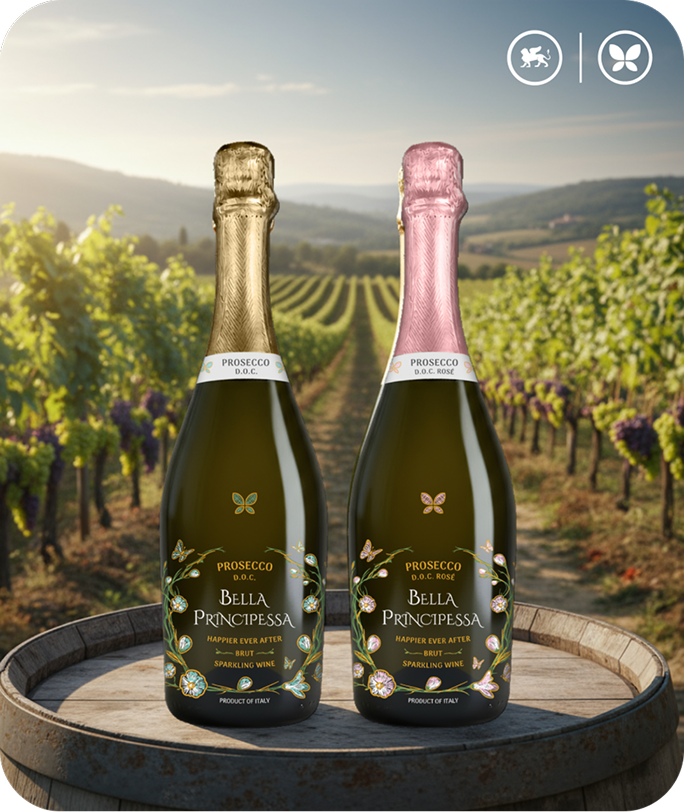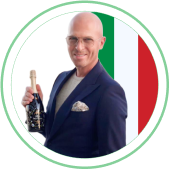The inquiry about whether there is a place called Champagne leads us to the heart of the sparkling wine world. Yes, Champagne is not just a beverage; it is also a region in France with historical significance in winemaking. Located in northeastern France, Champagne is a well-defined wine-producing region known for its exceptional sparkling wines, famously referred to as Champagne.
Champagne’s unique geographical attributes, including its cool climate and chalky soil composition, make it particularly suited for cultivating the grapes used in Champagne production. The region is divided into several sub-regions, each with distinctive terroir and characteristics. Some of the most renowned sub-regions include the Montagne de Reims, the Vallée de la Marne, and the Côte des Blancs.
The production of Champagne is governed by strict regulations and appellation d’origine contrôlée (AOC) laws, which dictate the methods and grape varieties used in Champagne production. Chardonnay, Pinot Noir, and Pinot Meunier are the primary grape varieties employed in crafting Champagne, and the traditional method, involving a secondary fermentation in the bottle, is a hallmark of Champagne production.
The name “Champagne” is a protected designation of origin, much like “Prosecco” in Italy. Only sparkling wines produced within the Champagne region and adhering to the region’s strict regulations can legally bear the name Champagne. This legal protection is essential in preserving the authenticity and quality of this iconic French wine.
In summary, Champagne is both a beverage and a region in France. The region’s geographical and geological features and centuries of winemaking expertise have given rise to the world-famous sparkling wine Champagne. Brands like Dom Pérignon and Veuve Clicquot are renowned Champagne houses that produce exceptional examples of this celebrated sparkling wine.






